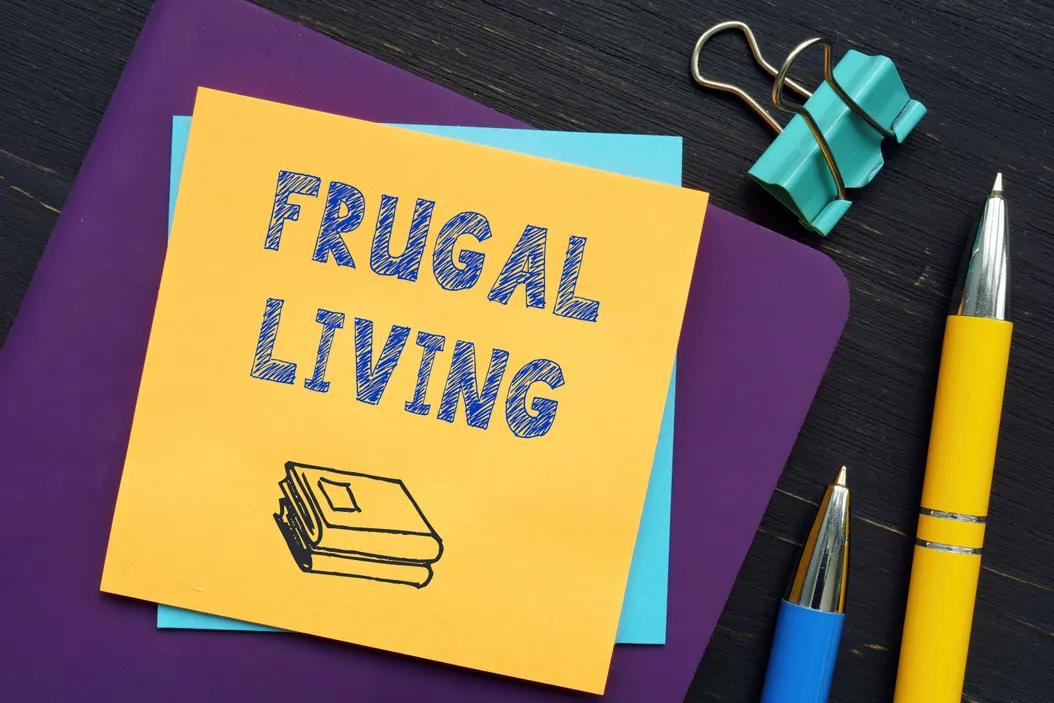How do you Budget for Lean FIRE (Lean FI)?
A Step-by-Step Guide
Achieving early retirement may seem like an attractive goal, but deciding on the path to financial independence can be challenging. Find value in leading a simple lifestyle, focusing on the essentials, and prioritizing practicality over extravagance. Pursuing Lean FIRE (Financial Independence) might be a suitable option for you.
Lean FIRE (Lean FI) involves:
- Focusing on reducing expenses.
- Optimizing savings.
- Creating passive income streams to attain financial freedom without relying on traditional retirement age.
This approach encourages a mindful and intentional approach to spending and investing, ultimately freeing individuals from the constraints of mandatory employment and providing the flexibility to retire early.
Lean FIRE is all about living intentionally. To achieve financial freedom sooner, keeping expenses low and embracing a frugal lifestyle is essential. Therefore, budgeting is central to Lean FIRE. By meticulously tracking your spending and eliminating unnecessary costs, you can maximize your savings and move closer to early retirement.
But it's not mere guesswork; understanding the numbers behind your spending and savings is crucial. Now, let's explore how to budget your lifestyle for Lean FIRE and retire much earlier.
How Much Do You Need to Save to Achieve Lean FIRE?
You must save enough to cover your basic living expenses to achieve financial independence through Lean FIRE. But how much exactly do you need to save?
It would help if you started by estimating your yearly expenses to figure that out. For those pursuing Lean FIRE (Financial Independence, Retire Early), annual expenses typically range between $20,000 and $45,000, depending on the individual's lifestyle and geographic location.
This covers all the essentials like housing, groceries, utilities, and transportation, but with little discretionary spending on luxury items. However, annual expenses for Lean FIRE can vary widely based on personal circumstances such as family size, cost of living in the area, and healthcare needs.
Once you've estimated your expenses, you can apply that to a safe withdrawal rate—usually around 3-4%. This rate represents how much of your savings you can withdraw each year without running out of money in retirement. Find more about SWR here.
So, here's how it works:
- Estimated Yearly Expenses - $30,000
- Estimated Withdrawal Rate - 3%
- Total Savings Before You Can Retire - $30,000 ÷ 0.03 = $1,000,000
While this may sound a lot at first, with consistent saving and intelligent investing, this is achievable.
What Does an Effective Lean FIRE (Lean FI) Budget Look Like?
Creating an adequate Lean FIRE budget means focusing on the essentials and cutting unnecessary spending. It's about being intentional with every dollar.
Let's review the essential spending categories that must be covered at a bare minimum for any lifestyle, especially in Lean FIRE.
Housing
Housing is typically the most significant expense for most people, taking up about 33% of the average American household budget. In Lean FIRE, one approach is to aim for housing costs around 20-25% of your total income. This could involve downsizing, sharing a living space, or relocating to a more affordable area to cut costs. (Geo-Arbitrage FIRE)
For example, if you earn $60,000 annually, consider keeping your housing expenses under $15,000 annually.
Transportation
Owning a car can be pretty costly, with the average annual cost of owning a vehicle in the U.S. reaching $10,728. For Lean FIRE, it's crucial to minimize transportation costs. Consider using public transportation, biking, or even selling a second car. Your transportation expenses should account for no more than 5-10% of your annual income.
Food
Food is another area where Lean FIRE budgeting shines. The average American spends around $7,300 annually on groceries and dining out. You can cut this significantly by meal prepping and cooking at home for Lean FIRE.
A lower monthly grocery budget can be feasible in specific locations with lower living costs, especially in rural or less populated areas, or by adopting specific strategies. For example, areas with access to local farmer's markets or discount grocery stores like Aldi can make this achievable. Some families significantly reduce their grocery expenses by purchasing in bulk, meal prepping, or cutting out convenience foods. Shopping sales, using coupons, and cooking meals from scratch rather than eating out are critical ways to keep costs low.
However, maintaining a low grocery budget would be much more challenging in cities with a higher cost of living. Still, some individuals who focus on frugality, like those practicing extreme savings methods such as Lean FIRE, manage to achieve this by limiting dining out, preparing simple meals, and shopping carefully.
It's also important to note that these budgets are often more attainable for individuals or couples than for larger families. However, some manage even on a strict grocery plan by prioritizing essentials and avoiding processed foods.
Other Essentials
Utilities, insurance, and other essential bills should also be kept low. The key is prioritizing necessities—like electricity, water, health insurance, and internet—over luxuries.
All other essentials should fit 10-15% of your budget.
How to Create the Right Budget for Lean FIRE?
Once you have identified the primary categories of expenses, here are four straightforward steps to build a budget that fits a Lean FIRE lifestyle:
Step 1: List Your Essential Expenses
When adopting Lean FIRE, focusing on your needs instead of wants is critical to managing your budget. Here are examples of what counts as needs versus wants in different categories discussed earlier:
- Housing:
- Need - Basic shelter, a modest apartment, or a home that fits your essential needs.
- Want - A larger home with extra rooms or luxury features like a pool or high-end finishes?
- Transportation:
- Need - A reliable, fuel-efficient vehicle or access to public transportation.
- Want - A luxury car, frequent ride-share use, or an expensive car lease?
- Food:
- Need - Basic, nutritious groceries like fresh produce, grains, and proteins.
- Want- Frequent dining out, gourmet ingredients, or regular coffee shop visits.
- Cell Phone Bills:
- Need - A basic phone plan with necessary data for work and communication.
- Want - Unlimited data, the latest smartphone model, or luxury accessories?
Your necessities should be at most 30-45 % of your income.
According to the Bureau of Labor Statistics, the average American household spends $5,111 monthly. You must keep your monthly expenses between $1,667 and $3,750 for Lean FIRE.
Step 2: Add Up Fixed and Variable Costs
Once your essential categories are listed, add fixed costs (like rent or car payments) and variable costs (like groceries and transportation). Past bills, receipts, or banking apps can help you calculate an accurate monthly average.
Step 3: Account for Irregular or Annual Expenses
Some expenses don't occur every month, but they're still essential to include. These might be car repairs, insurance premiums, property taxes, or medical expenses.
To account for these, divide the annual cost by 12 to get the monthly equivalent. Add these numbers to your monthly budget.
Step 4: Check for Areas to Cut Costs
Once you have your total, review each category and look for areas to reduce. Lean FIRE thrives on keeping expenses low, so try to cut where possible.
According to the Bureau of Labor Statistics, the average American household spends $5,111 monthly. You must keep your monthly expenses between $1,667 and $3,750 for Lean FIRE.
How Can You Use ReachFI's Calculator to Budget for Lean FIRE?
ReachFI's financial planning calculator helps you plan your Lean FIRE journey by allowing you to input your income, savings, and expenses. You can explore different savings scenarios to see how they impact your retirement timeline, helping you find the right balance between saving and reducing your retirement age. It's an easy way to stay on track toward your Lean FIRE goals.

